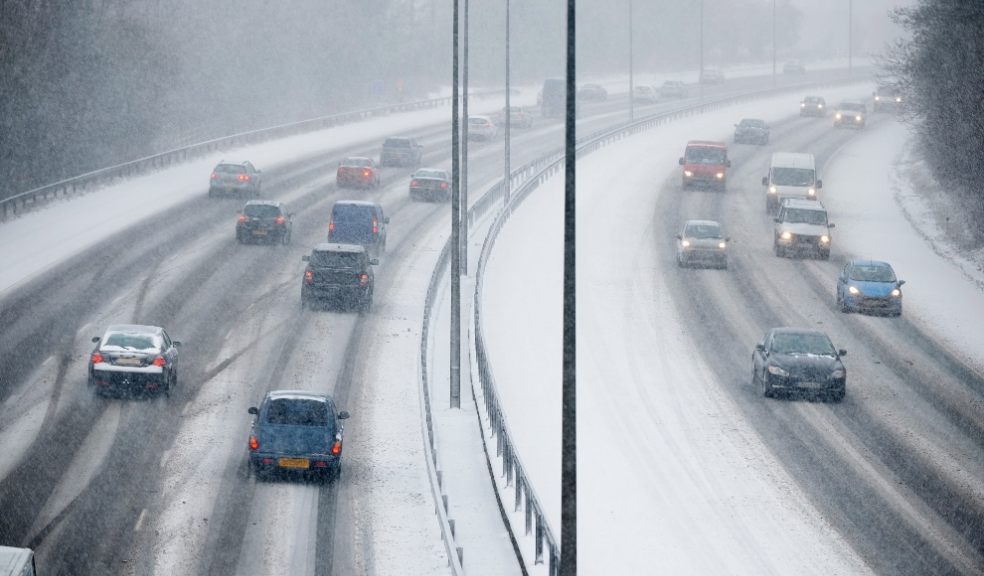
Weather warnings make checking tyres an essential New Year resolution
With the Met Office* issuing warnings for ice and snow, and the threat of flooding from the Environment Agency this week, 2022 has started with challenging driving conditions across the country. With millions of us making New Year’s resolutions, TyreSafe is urging motorists to pledge to check their tyres regularly to reduce the risk of an incident while out on the road.
Adequate tread depth is essential, especially when there is significant standing water. Tread clears water from between the road surface and the tyre - as much as a bucket full every seven seconds on a new tyre. The lower the tread, the less water it can clear, thereby increasing the chances of ‘aquaplaning’.
Also known as ‘hydroplaning’, aquaplaning is caused when a layer of water builds up between a vehicle’s tyres and the surface of the road. When this happens, tyres are not effectively in contact with the road, making any attempts by the driver to steer, brake or accelerate ineffective – in other words, they’re out of control.
To help avoid aquaplaning, motorists should also adjust their driving style to suit road conditions. If there is lots of standing water, drivers should lower their speed and leave more distance between their vehicle and the one in front. Should they find themselves aquaplaning, drivers should gently lift their foot from the accelerator and allow the vehicle’s speed to naturally reduce. This will allow the tyres to regain grip on the road.
Winter tyres and All Season tyres have special tread patterns which help to provide extra grip in snow and ice, and have a different compound to allow them to perform in low temperatures, offering better grip at this time of year. However, it is essential all tyres have adequate tread depth of at least the minimum legal limit of 1.6mm.
You can check your tyres’ tread depth with a 20p piece if you do not have a tread depth gauge. The outer rim of the 20p is approximately 2.6mm, so drivers can insert the coin into the tyre’s tread and gauge how much of the border remains exposed. If the border is completely hidden, tread depth is likely to be above the legal limit; if any more than the slightest amount of the coin’s rim is visible, the tread needs to be checked by a professional.
For optimum performance and safety, drivers should also check their tyres are correctly inflated. The correct tyre pressures are shown on a sticker in your car’s door shut, filler cap or in the owner’s manual. Use an accurate pressure gauge to ensure they are right for the load as part of your pre-journey planning.
Finally, motorists should check the condition of their tyres so signs of anything out of the ordinary and potential defects. Bulges, cracks, cuts and embedded objects are cause for concern and need to be checked by a professional. If stones or other objects caught between grooves in the tread can be removed without damaging the tyre, drivers are advised to do so.
Stuart Jackson, TyreSafe chairman, said: “Pledging to check your tyres once a month, every month and before long journeys could be the most life-changing New Year’s resolution you could ever make. Conditions in January are already challenging, with an increased risk of aquaplaning, which is why it is even more important during the winter months. It only takes a few minutes, less time than a workout, or prepping a detox smoothie, and could save the lives of you, your passengers and other road users.”

















